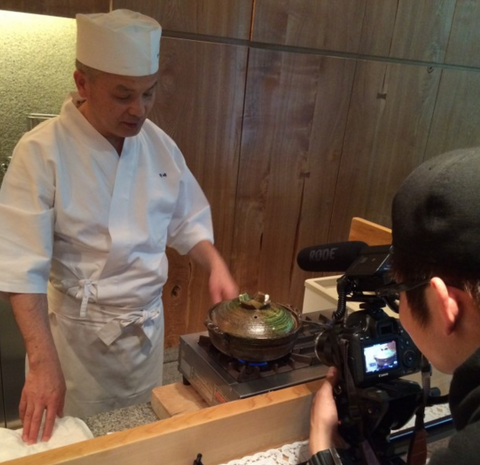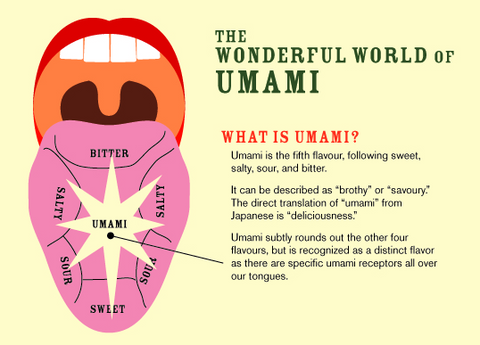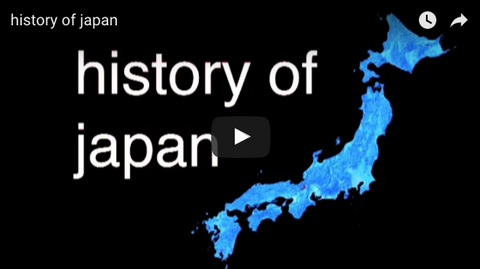Blog

Interview about onigiri with the head chef of Waketokuyama (a two Michelin star restaurant in Tokyo)
*This article was translated from the original Japanese published by Onigiri Society in Japan with their permission.
On a rainy day in April, I arrived at Waketokuyama in Nishiazabu where I was to conduct the very first Onigiri Society interview with the restaurant's head chef. I feel that the bad omen of rain always presents itself when I have something important to do.
Here is the restaurant I visited.

Umami is more difficult to distinguish from the other four flavours. We created this infographic to try and offer some insight on the science of umami, its recent popularity in western culture, and most importantly, how to create umami-rich meals.
Why do we feel a strong sense of enjoyment and comfort when eating certain foods? Whether we are digging in to delicacies enjoyed on special occasions, or eating a raw vegetable grown in our own gardens, there is something beyond the flavor receptors on our tongues that make the experience of eating so enjoyable. While we consider how we can tap into the experience of eating, beyond flavour, we will explore the Japanese concept of koku. We would like to use this concept to promote healthier eating habits, but first, we need to have some understanding of umami, the fifth flavor, following sweet, sour, salty, and bitter.




